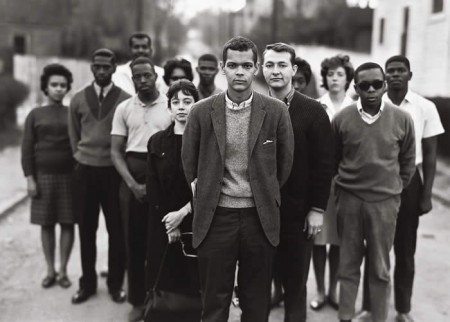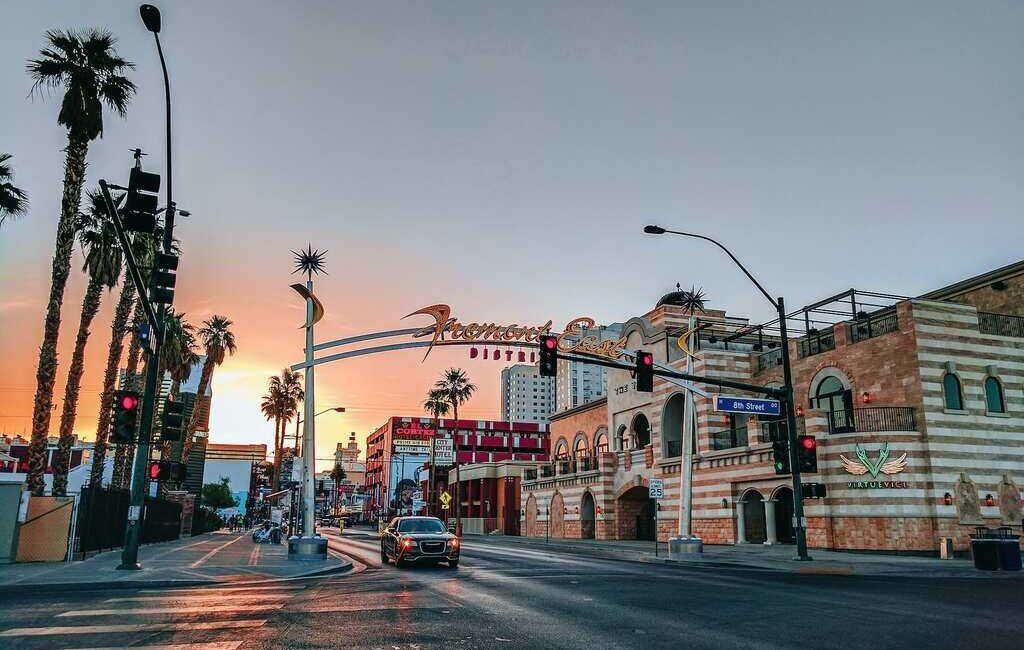
Artists of the Civil Rights Movement united themselves to bring an end to inequality and “bridge racial borders” through their artistic works. Drawing on social and political observations, artists introduced stylistic techniques like Romare Bearden’s radical “photomontage projections” to trigger a visual responsiveness to their cause.
Civil rights in the 1960s was a period defined by social protest, dissent, and American race relations. It was an age of dramatic social and cultural upheaval riddled with riots, assassinations and clashes, and the peak of the Civil Rights Movement. Individuals for civil liberties approached the ongoing struggles in different manners. For those who have only studied it in history class, watched it on a documentary program or heard stories from an older generation, there was yet another way the movement was documented – the arts.
This year, the Civil Rights Act of 1964 celebrates its 50th anniversary. In observance of the event, the Brooklyn Museum presents Witness: Art and Civil Rights in the Sixties running from March 7 through July 6, 2014.
Two-and-one-half years in the making, the retrospective explores 66 artists of different ethnicities who created works employing various artistic approaches – assemblage, photography, abstraction, figural work, Minimalism and Pop Art – to address the racial justice struggle. Within this 103-piece show, artists sculpted, painted and photographed to comment on the social turmoil around them. They created visual representations of subject matter that ranged from inequality to empowerment. These powerful images garnered ideas and actions, and assisted in shaping the movement’s course.
The Brooklyn Museum curator, Dr. Teresa Carbone, notes that she is surprised at how much of the exhibit’s work has been overlooked from well-known studies about the 1960s. When writers chronicle the Civil Rights Movement, they often neglect the political artwork of that period. She says, “it’s the intersection of art and activism.”
Arranged thematically, visitors survey American Nightmare, Evidence, Black is Beautiful and Integrate/Activate to name a few. One of the works on view is Jack Whitten’s Birmingham 1964. This assemblage of paint, aluminum foil and stocking mesh pays homage to the 1964 violence in Birmingham between police and protesters.
Works by the New York artist group Spiral will also be on display. In 1963, the artist-writer, Romare Bearden, landscape painter, Richard Mayhew and Abstract-Expressionist Norman Lewis, formed an assemblage of African-American artists. They met in Greenwich Village, to look at how they might join in the Civil Rights Movement, prompted in the weeks surrounding the August March on Washington for Jobs and Freedom. Their dialogue proceeded to “explorations of the changing landscape in American art, culture and politics,” according to Evolve the Gallery.

The retrospective also includes Richard Avedon, Gordon Parks and an established Civil Rights photographer, Bruce Davidson’s print of his 1962 Ku Klux Klan Rally in Atlanta Georgia that he came upon accidentally. Also on view is Davidson’s stark image of the blood-spattered car of Viola Liuzzo, a white civil rights worker who was driving home freedom marchers from the Selma-to-Montgomery march.
While these Civil Rights representations invoke historical references, other artworks explore self-identity and visualizing authentic “blackness” such as Emma Amos’ Three Figures and Elizabeth Catlett’s 1968 Homage to My Young Black Sisters. Other artists included in the retrospective are Norman Rockwell, James Rosenquist, Faith Ringgold, Philip Guston, Sam Gilliam, and Elizabeth Catlett among others.
This powerful collection of artworks, allows visitors an opportunity to witness the Civil Rights Movement in a different visual context; a tumultuous time in the past whose struggles even continue today to transfigure the United States.
By: Dawn Levesque
Sources:
PBS



One thought on “Artists of the Civil Rights Movement: A Retrospective”
Congratulations Dr.Carbone for curating this Important Historical Exhibition that is part
of Americana.
Comments are closed.